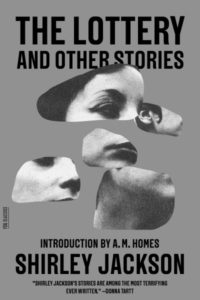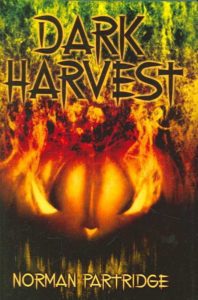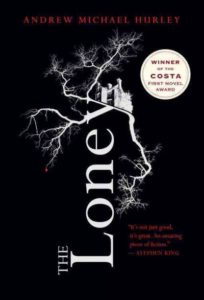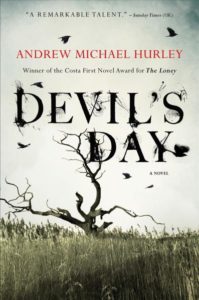If you liked Midsommar, try one of these folk horror tales
The movie Midsommar has been getting a lot of buzz recently and I’ve seen several references to folk horror. According to FolkHorror.com, it’s a sub-genre of horror fiction characterised by reference to pagan traditions often involving rituals and nature deities.
The folk horror book/movie that people are most likely to know is the Wicker Man from the 70s.
If you’d like to take a deeper plunge into the sub-genre, try one of these books. Sure to give chills. And a distrust for quaint, local rituals.
Folk horror books
The Lottery by Shirley Jackson. One of the most terrifying stories of the twentieth century, this created a sensation when it was first published in The New Yorker in 1948. Today it’s considered a classic work of short fiction. It’s a story remarkable for its subtle suspense and pitch-perfect descriptions of both the chilling and the mundane.
Harvest Home by Thomas Tryon. Ned Constantine and his family abandon hectic New York for life in a tranquil New England village. There they unknowingly become part of the secret Harvest Home ritual. (eBook).
The Hidden People by Alison Littlewood. Refusing to believe the rumors surrounding his beautiful and talented cousin’s murder, nineteenth-century Englishman Albie Mirralls goes to his late cousin’s village and confronts profound superstitions about the “fair folk” and their belief that his cousin was a changeling.
Dark Harvest by Norman Partridge. It’s Halloween night, 1963 in a small midwestern town. Every boy between the ages of sixteen and nineteen has been locked up for the last five days. Now starving and wild, they’re hitting the streets armed with baseball bats, pitchforks. They’re ready to go nose-to nose with a legend – the butchering nightmare with a Jack O’Lantern face – the October Boy.
The Loney by Andrew Michael Hurley. A man named Smith is forced to confront the terrifying and mysterious events that occurred forty years ago. At that time, his devoutly Catholic mother was determined to find healing for Hanny, his disabled older brother. And so the family, along with members of their parish, embarked on an Easter pilgrimage to an ancient shrine. But not all of the locals were pleased to see visitors in the area. And when the two brothers found their lives entangling with a glamorous couple staying at a nearby house, they became involved in more troubling rites. Smith feels he is the only one to know the truth, and he must bear the burden of his knowledge, no matter what the cost.
Devil’s Day by Andrew Michael Hurley. Every autumn, John Pentecost returns to the farm where he grew up, to help gather the sheep down from the moors for the winter. Very little changes in the Endlands, but this year, his grandfather–the Gaffer–has died and John’s new wife, Katherine, is accompanying him for the first time. Each year, the Gaffer redrew the boundary lines of the village, with pen and paper but also through the remembrance of tales and timeless communal rituals, which keep the sheep safe from the Devil. But as the farmers of the Endlands bury the Gaffer and prepare to gather the sheep, they begin to wonder whether they’ve let the Devil in after all.
Conclusion
If you’re looking for something a bit different to read, try something dark and creepy like a tale of folk horror.
Includes book suggestions from Jeanne Tomlin, Collection Development Librarian.









